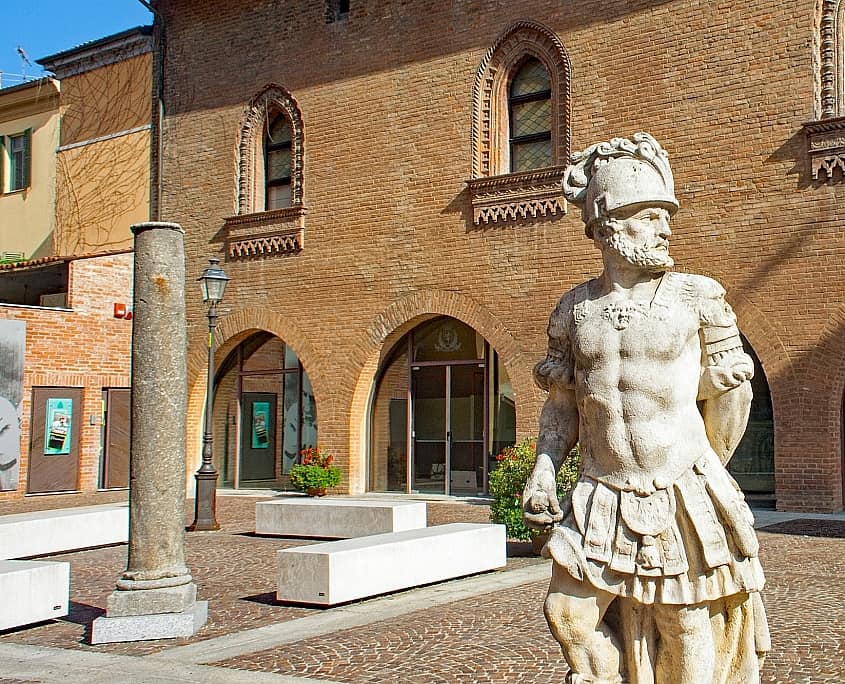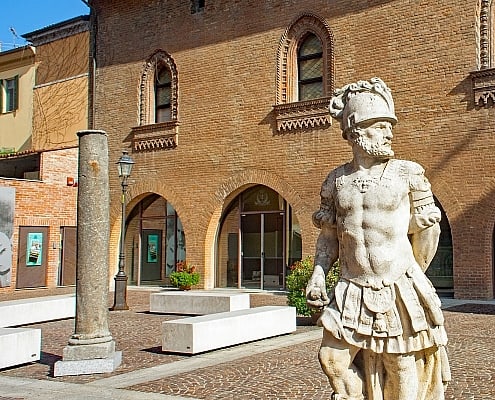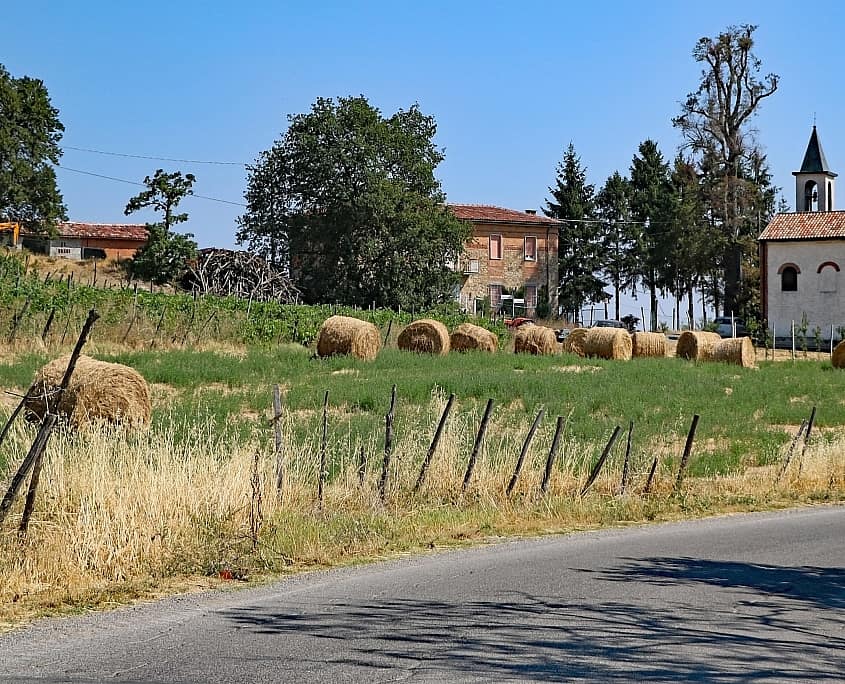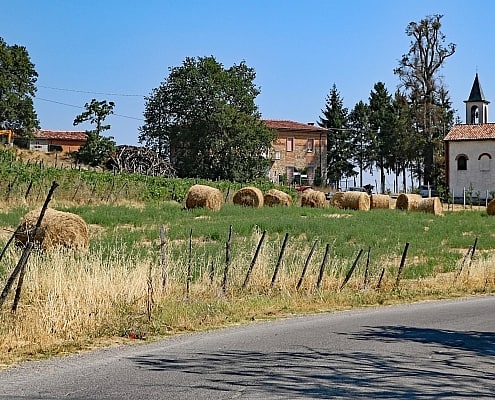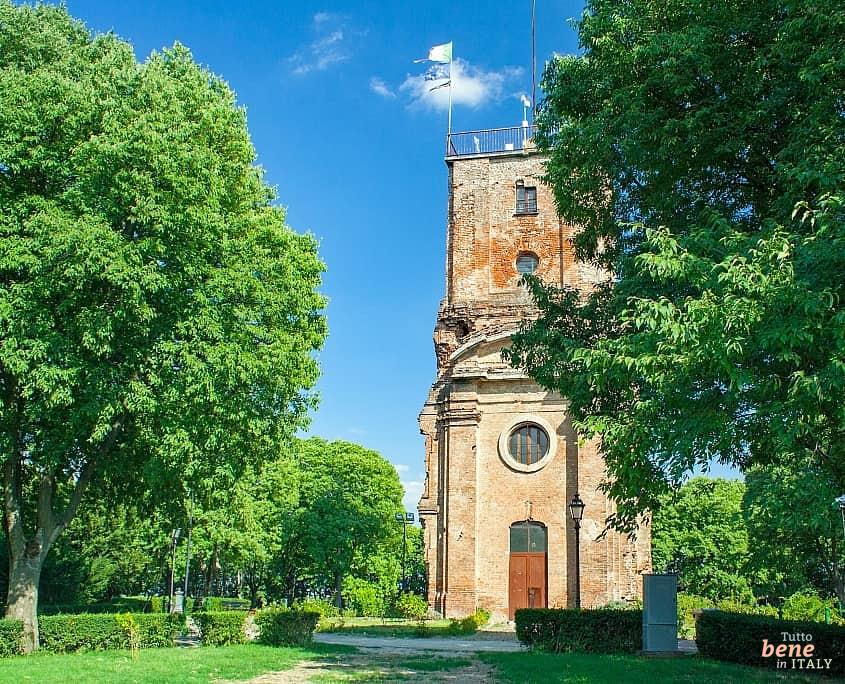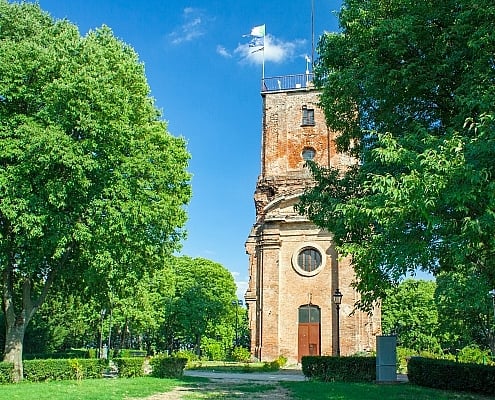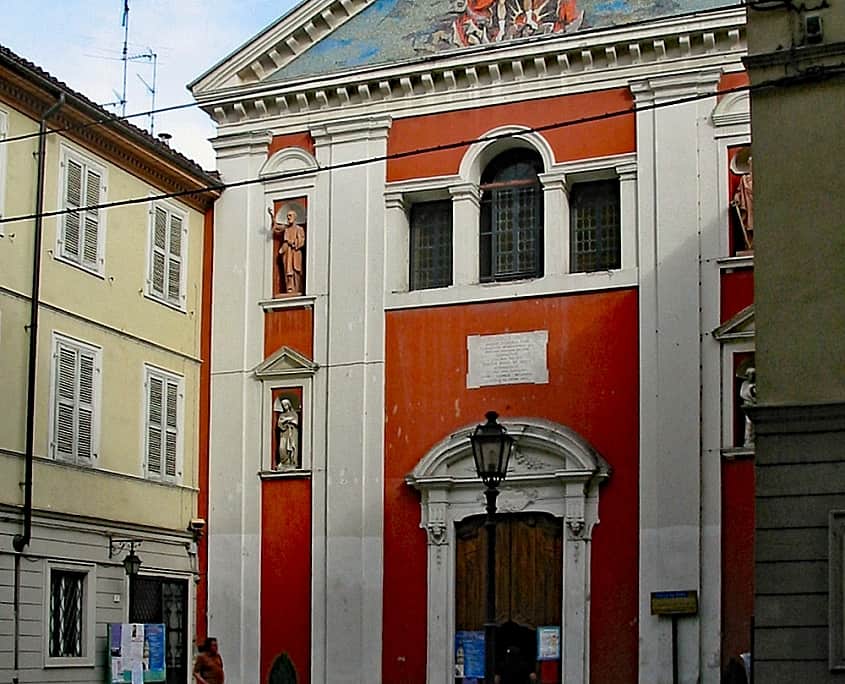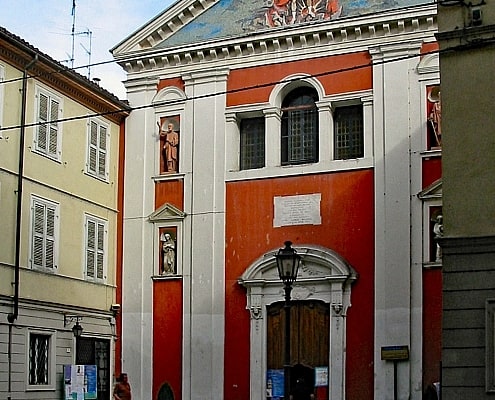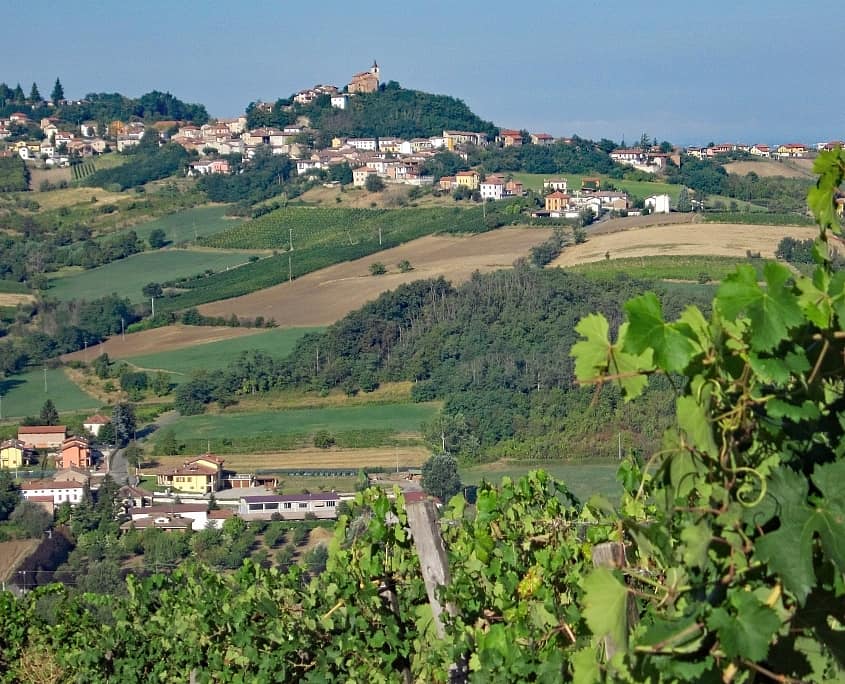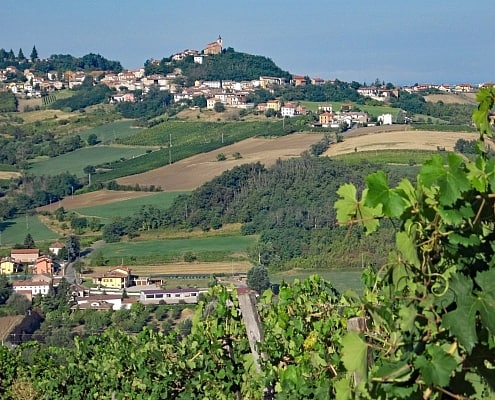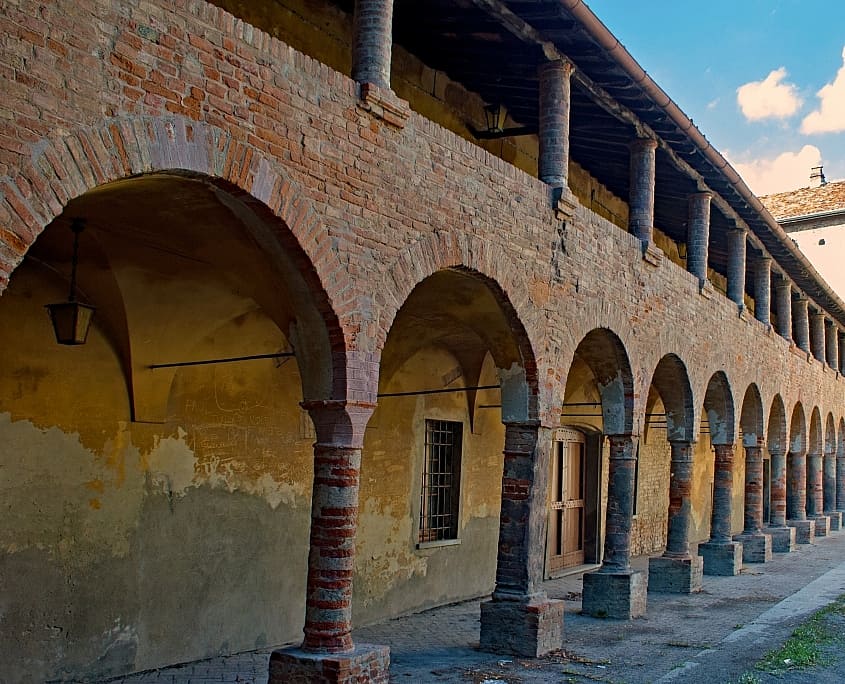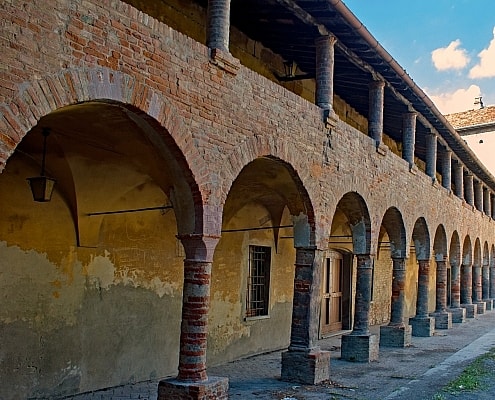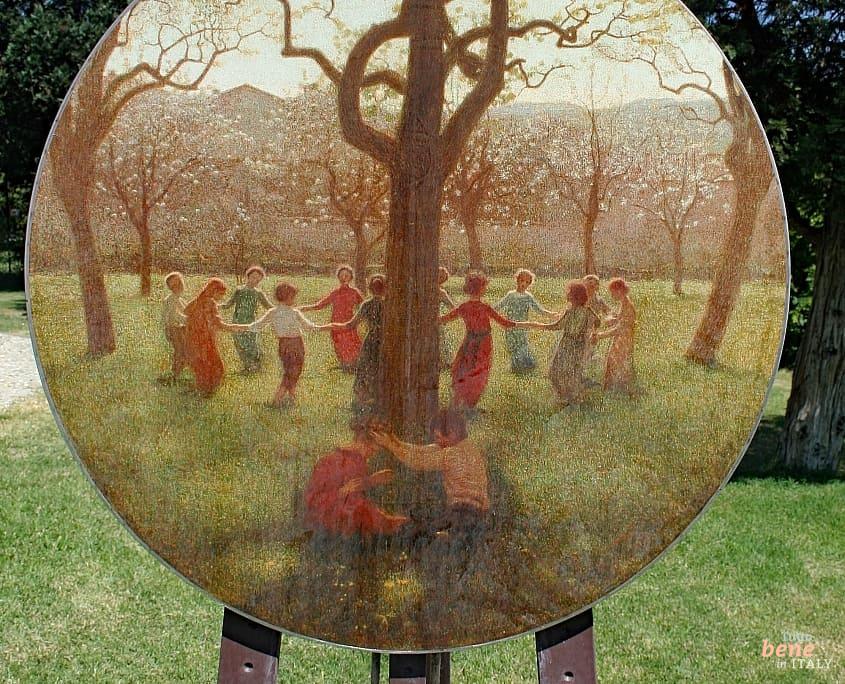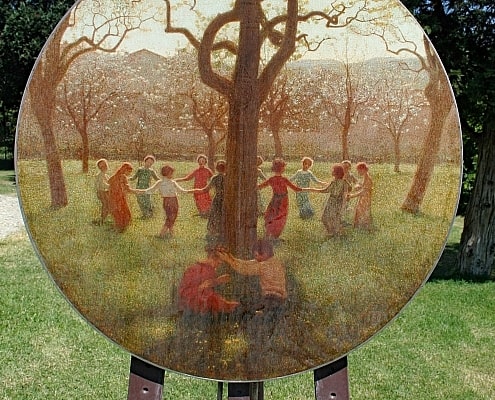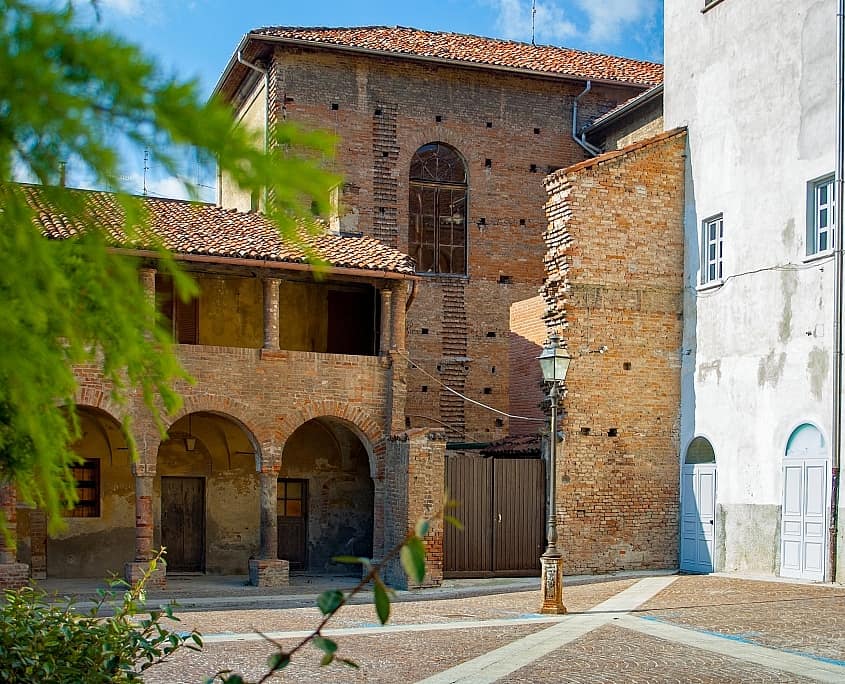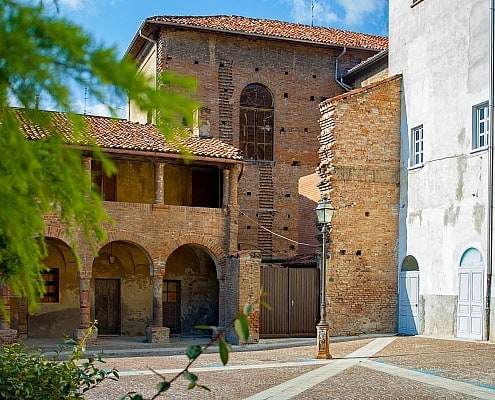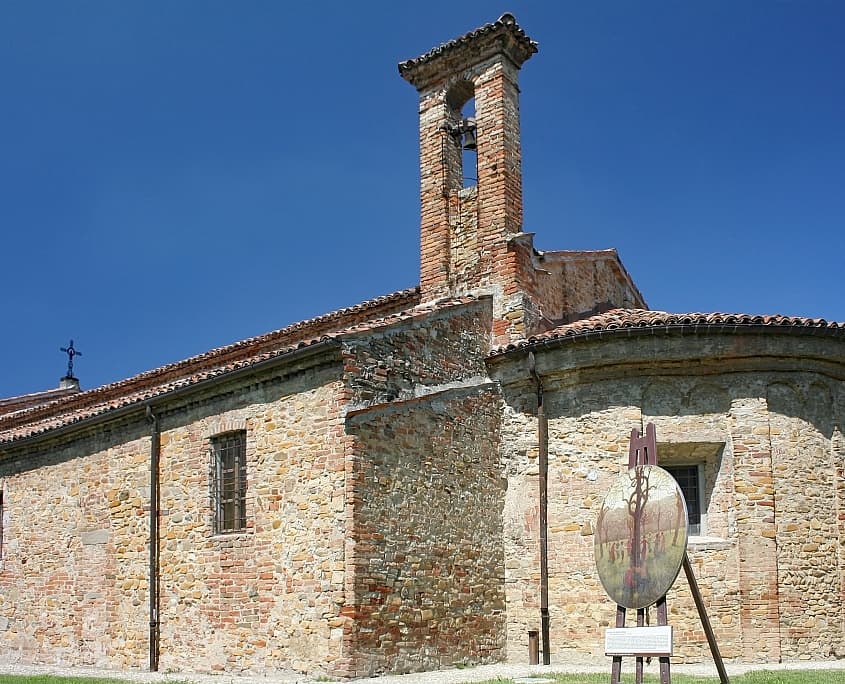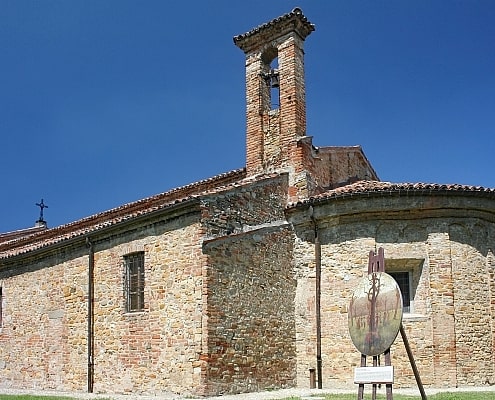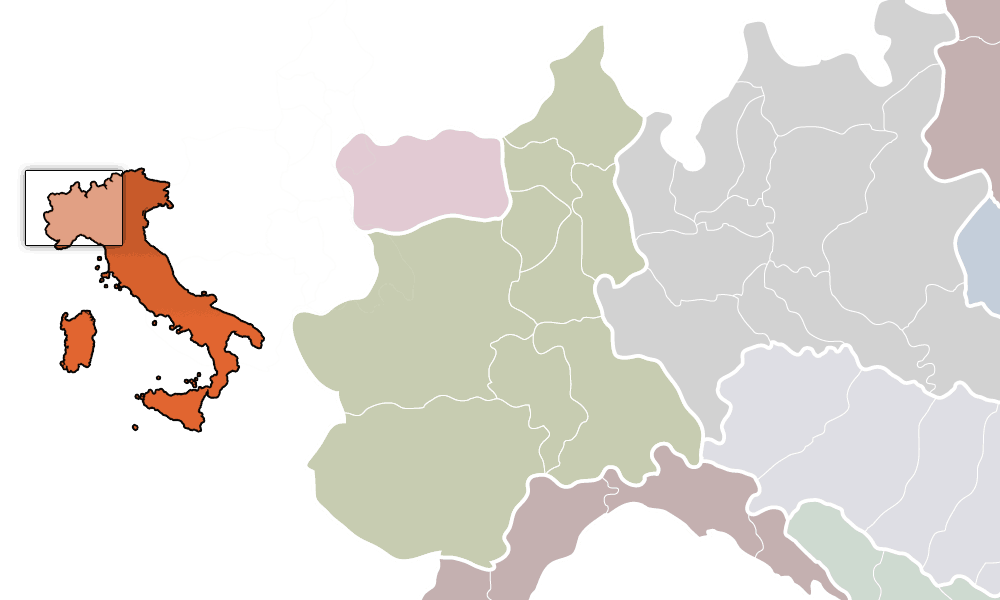Tortona is located on the River Scrivia, about 20 km east of the provincial capital Alessandria. While Tortona is still on the plain, the hilly wine area of the Colli Tortonesi begins in the east. The wine region of the Colli Tortonesi extends into the Oltrepo Pavese in Lombardy. The area is also known as Little Tuscany due to its beauty. It is still a real insider tip with beautiful hiking and cycling trails through the vineyards. So far, tourists have hardly strayed into the Colli Tortonesi.
A specialty is the wine variety Timorasso, which was revived from an ancient grape. The vinyards around Monleale are cultivating this delicious grape variety.
The nearby town of Volpedo is famous for the famous painter Pelizza di Volpedo and for the peaches from Volpedo, which have a particularly good taste.
In Tortona itself, interesting tourist attractions include the church of Santa Maria Canale from the 11th century. Then there is the Tortona cathedral from the 16th century and the Bishop’s Palace. It goes on with the church of San Giacomo from the 17th century, the Capuchin church and the tower of the Tortona castle. Stroll along Via Emilia in the old city center with the Palazzo Guidobono and enjoy an ice cream. South of Tortona is the Cistercian monastery Rivalta Scrivia, built in 1180.
Piedmont Tours and Activities For Individual Travellers and Groups by milano24ore
Private Travel Group Travel




